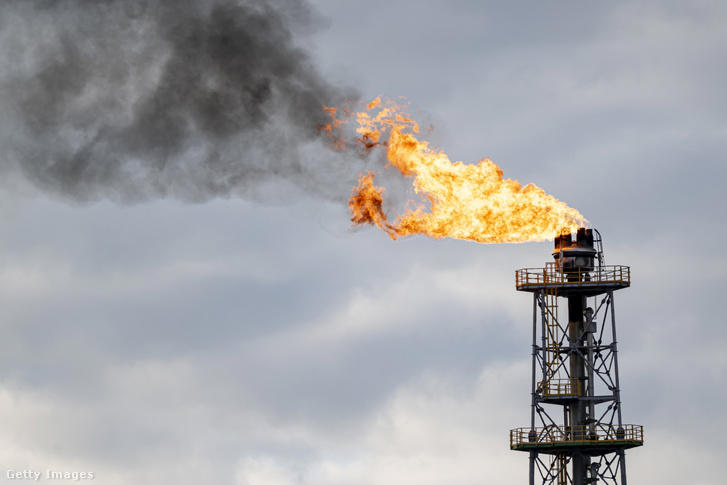
Working within the Civil Protection Department (CPD) means safeguarding the most precious thing in the world – life – and contrary to what some people may think these people are not superhuman.
Seeing people suffering from building collapses, road accidents, house fires and other unfortunate events is as traumatising to them as it is to any other human being, no matter how many times they come across such horrific cases.
What’s worse is that trauma is unpredictable; you carry it with you wherever you go and you can never know exactly when it will come out. So, what kind of help is given in return to the tireless assistance these individuals provide on a daily basis?
After Monday’s collapse of a building in Hamrun which led to the death of a woman, Miriam Pace, The Malta Independent on Sunday spoke with Deputy Director Peter Paul Coleiro and Chief Fire & Rescue Officer Kevin Pace to get an insight on how accidents and the trauma that they come with are handled within the CPD.
Peter Paul Coleiro
Kevin Pace
Policies in place that ensure psychological support for all CPD employees
“Those who come to work with our department would have already been given training and dedicated sessions about what types of cases they might face while on duty and the help that is available for them,” Pace told this newsroom.
However, some cases might still leave employees traumatised as anything that is not a normal occurrence can trigger it. Anyone who experiences such situations is referred to a designated officer who then works together with the Employee Support Programme (ESP) and the Richmond Foundation to provide help to the employee.
Some employees attend these sessions voluntarily but, unfortunately, seeking psychological help is still a taboo subject within the department as there is an element of shame that employees associate with it even though they are completely confidential.
“As department officials, we encourage every employee to attend these sessions wherein they are helped and monitored according to their needs. This helps them deal with their trauma and diminish any shame they might feel for participating in such sessions,” Pace explained. “At the end of the day, we’re human as well.”
Sessions are not compulsory but avoiding getting psychological help may have damaging consequences.
Pace explained that, physically, one would experience a lot of anxiety on the job which increases the risk of hurting oneself and others. Mentally, effects can linger for a long time and cause a lack of concentration or unprecedented conflicts between employees themselves. One also runs the risk of taking out their frustrations on harmful coping mechanisms like drinking or violence.
He pointed out that the trauma does not necessarily come out on the day it is registered. It can fester in the person’s mind and reveal itself when they least expect it. “People have retired and they suddenly experience the effects of their 25 years of service.”
Asked about the severity of cases the CPD encounter on the field, Pace explained that the incidents range from burns to bloody and deformed bodies which leave a huge impact on CPD members.
Furthermore, there are even more sensitive cases which show how different situations affect people differently. Pace said that “in cases where children are involved those who are on duty can easily experience a ripple effect if they have children of their own. It is possible that they take these traumatic scenes with them back home and start to imagine that these things will happen to their own children. In turn, they end up creating severe restrictions at home which could create conflict among family members.”
“There are also certain situations where an employee of ours is trying to keep a person alive but unfortunately, they lose the battle. These individuals can start harbouring guilt, even though there was not anything else they could have done.”
Coleiro stepped in to say that in certain cases, it is not just the victim that causes the trauma, but also the family who they have to speak to in their time of grief to get as much information about the situation as possible.
This is something that they had to go through on the site of last Monday’s building collapse in Ħamrun, which resulted in the death of 55-year-old Miriam Pace. The mother of two was found under the rubble of her house after an 8-hour search.
The extraction of a building collapse victim is a slow and delicate process
The CPD has been criticised by some for taking so long to find the victim. In response to this, Coleiro told this newsroom that “in an operation such as this one, one cannot simply send in an entire workforce to look through the debris. There is a delicate procedure that needs to be followed in order to ensure the safety of the victim and the staff.”
“There were logistics going on that people did not see. We were preparing shifts for the next day just in case. We had to think of transportation of employees and supplies like toilets, food and drinks,” he added.
He explained that this is a layered process that is controlled by an incident commander who directs the overall rescue operation and divides personnel into different tasks.
In the case of a building collapse, the first task is to close off certain roads so that they can assess the level of danger that there is and decipher where to place their equipment. This step also facilitates the egress of all those involved in the operation so as to maintain order and have any heavyweight equipment close by.
The equipment used for the excavation is divided into tools used for searching and others used for the extraction of the victim.
Some of the equipment that CPD has to search for persons under debris consists of a drone that has a x30 optical zoom and thermal image camera, two types penetration cameras which are used to check underneath debris and communicate with the person trapped, and a Delsar Life Detector that detects where the person may be by scanning for sounds.
Tools used for extraction include a hydraulic concrete crusher that crushes walls into smaller pieces using two pinchers, and a hydraulic cutter that cuts through concrete bars. They also have a manually powered spreader and cutter which is usually used for tight places that the more heavy weight equipment cannot reach.
“At the same time, we would be undergoing an assessment of the site itself in order to ensure that we do not miss any possible dangers or valuable information,” he explained.
The most important thing is that no one steps on the debris as the first team that needs to go in is the search dog and his handler. These dogs are trained to eliminate the smell of their handler only, so, if someone goes on-site before it, it can give a false reading as everyone except its handler is a victim in its mind.
Coleiro said that in last Monday’s case the dog gave a reading in the first three minutes it was released, but the CPD could not simply lift up debris randomly.
“We started a process called ‘selective debris removal’ which is the part that most people might not understand. We have to tread carefully and be extremely careful with handling debris. We cannot simply remove rubble aimlessly as we run the risk of destabilising the debris and crushing the victim trapped under it.”
Asked about the number of CPD members that were working on the building collapse last Monday, Coleiro said that there were 30 people on site. “We have people who are working and people on stand-by because looking through the rubble is a physically strenuous activity. Workers need to take regular breaks so that they do not burn out and not be able to work through the night.”












